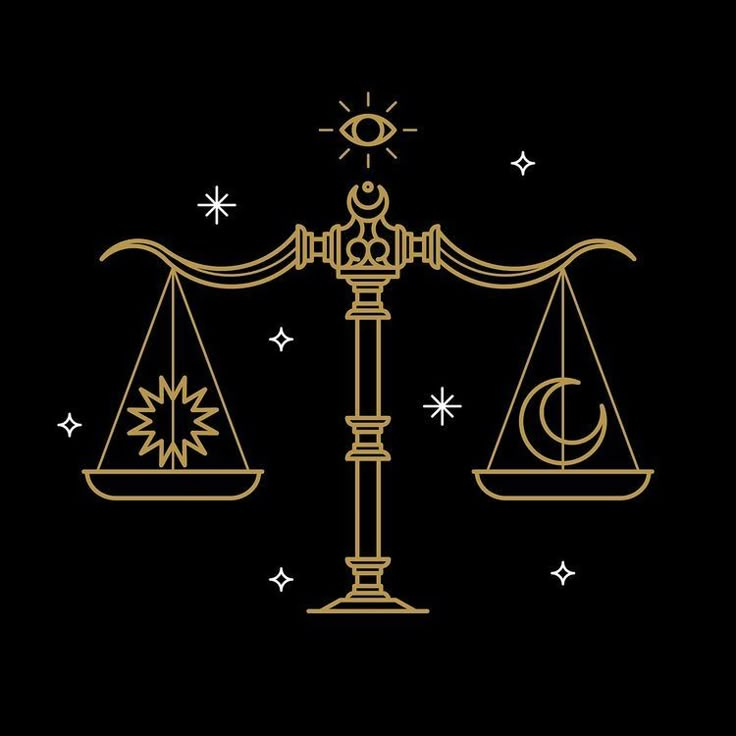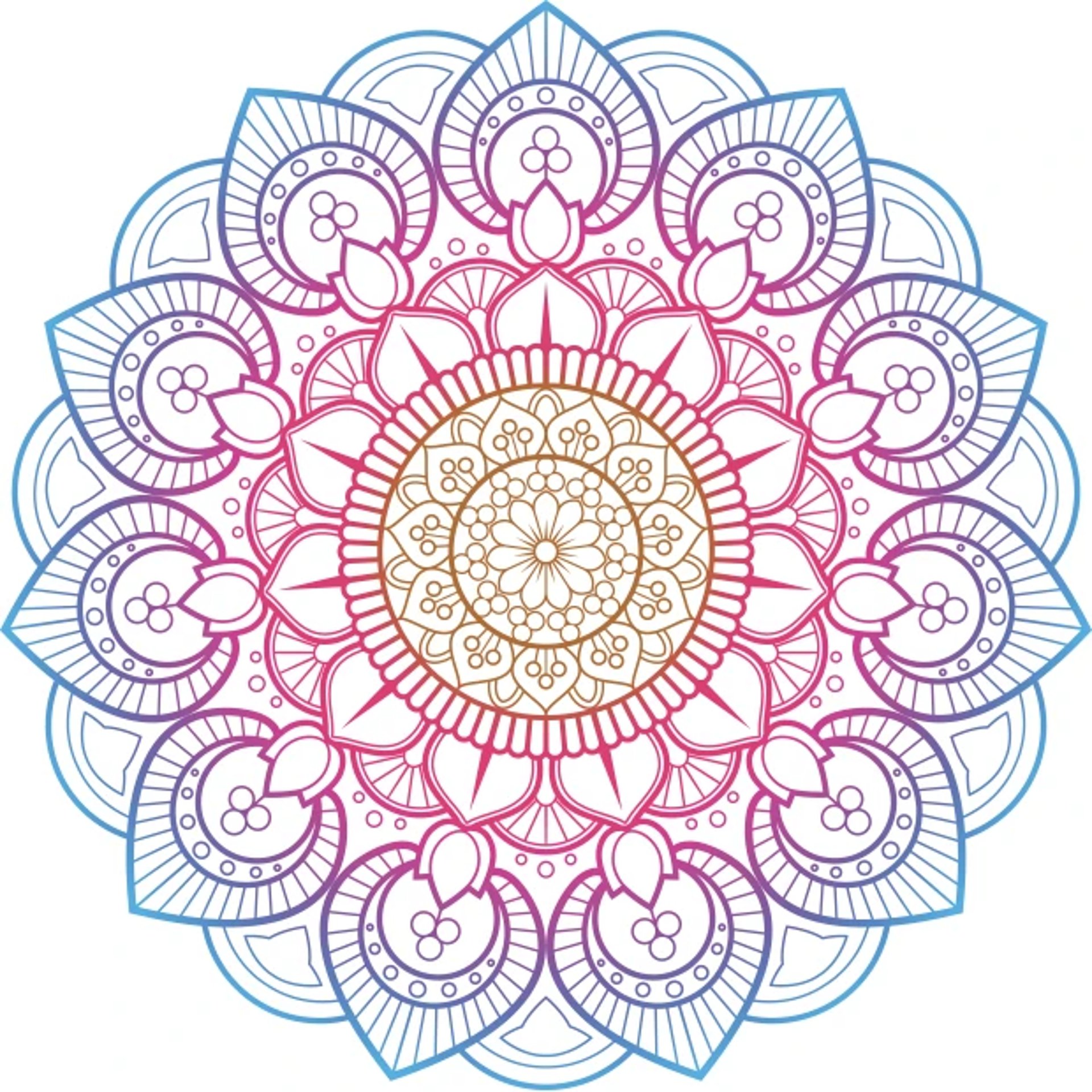The Absolute Truth
This blog explores the limitations of binary thinking and the power of perceiving reality with nuance and equanimity. By challenging prejudices and embracing complexity, we can develop clearer insights and make more balanced decisions.
Rajesh Chand
2/7/20253 min read


The Art of Seeing and Reacting
We are often taught that everything in life has two sides—good or bad, light or dark, up or down, day or night, left or right. While this binary perspective helps simplify complex ideas, it can also limit our thought process and create confusion. When we view the world strictly in dual terms, we become more susceptible to controlled narratives, where choices are predefined, and perspectives are shaped by those in power. A prime example is the two-party political system in the United States, where limited options make it easier to influence outcomes and shape public discourse.
But reality is far more nuanced. We are not merely the sum of opposing forces; rather, we are shaped by a blend of multiple influences. When we move beyond the rigid structure of “good” and “bad” and start seeing them as interconnected parts of a whole, we gain a deeper understanding of reality. Many religious and philosophical texts explore this idea, but for me, the realization became profound when I read the Ashtavakra Gita. I had always perceived Yin and Yang as two separate entities, only to later understand that they represent a singular, unified concept.
The Illusion of Absolute Truth
There is no absolute truth or falsehood—only varying degrees of perspective. Take the case of a criminal. Instead of labeling them as purely guilty, one might argue that they bear 80% of the responsibility, while societal influences, upbringing, and circumstances contribute to the remaining 20%. Similarly, in legal systems, a verdict is often binary—guilty or not guilty. But what if we could acknowledge a more balanced perspective, such as 80% guilty and 20% not guilty? This approach demands a more sophisticated way of thinking—an art of weighing and scaling different factors rather than defaulting to black-and-white judgments.
The Power of Awareness
The more we cultivate awareness, the more clearly we see things as they are. Good cannot exist without bad; light cannot be defined without darkness. When we generalize something, we justify our perception based on our understanding, thereby limiting our ability to see the full picture. For example, if you view your parents as entirely good, you may assume they are 100% virtuous. However, your cousin might see them as 80% good and 20% flawed, while a distant acquaintance might perceive them as 60% good and 40% bad. In reality, their true nature may be more balanced—perhaps 50% good and 50% flawed. This variation in perception benefits politicians, religious leaders, and influencers who capitalize on binary thinking to drive their narratives.
Seeing with Equanimity
The key takeaway is that nothing is absolute—everything is subjective. Even the most fundamental truths of life—birth and death—are experienced differently based on circumstances and individual paths. The most effective way to perceive reality is with equanimity, without bias, and with an awareness of how our reactions shape our experiences. The clearer we see, the more insightful our reactions become.
However, perception alone is not enough. Action matters just as much. This concept is beautifully illustrated in the Mahabharata, where even after Arjuna witnesses the divine form of Lord Krishna, he is advised to continue fighting. His choice to proceed with the battle is not just about defeating his brothers but about upholding the principle that truth and righteousness must prevail over ignorance—a fundamental law of nature.
In many ways, the truth functions like a decentralized blockchain—an evolving, self-sustaining system where the longest chain represents the most enduring and validated reality. The key to navigating life is to see beyond binary choices, understand the complexity of perspectives, and act with clarity and balance.
Final Thoughts
In a world that often pushes us toward black-and-white thinking, the ability to see beyond rigid binaries and prejudices is a skill worth cultivating. The more we refine our perception, the more we realize that truth is layered, perspectives are fluid, and understanding is a journey rather than a fixed destination. By embracing complexity, we free ourselves from the limitations of controlled narratives and move toward a more balanced, thoughtful existence- one where our actions align with awareness, and our choices reflect deeper insight.

